Vedic Creation Narratives and Philosophy: Brothers in Arms (Part I)
When looking at the Indo-Aryan tradition, given its age and maturity and its fundamental belief and faith in the unity of man and the universe from which he emerged (unique to the Eastern religious traditions in general), a line can be drawn between creation mythology, aka cosmology[1], and the philosophical underpinnings of the school of thought, or metaphysics as it were. The connection between cosmology/creation mythology and philosophy is quite direct in the Vedic/Indo-Aryan philosophical tradition and in some sense this distinguishes this tradition from most other theological and philosophical traditions from antiquity and most certainly distinguishes it from Western theological traditions (Christianity, Judaism, Islam) where philosophy and theology are very much subsumed and overwhelmed by scriptural dogma and law. This delineation between philosophy and theology, philosophy and religion really, is not nearly as hard cut in the Eastern philosophical tradition as it is in the West, or at the very least it can be said that the connections between the two seemingly distinct areas of study and concepts are more evident because they are not clouded within a tradition that is more focused on literal interpretation and the “word” rather than underlying “meaning”.
To be fair the delegation of philosophy as a discipline and practice, or way of life, to religion, theology and faith in the “Word” is a somewhat later development in the West, aligned with the preeminence of the Roman Empire and the spread of Christianity as a systematic faith with approved scripture along with their associated approved interpretations of fundamental theological narratives (the Holy Trinity for example). This theological development not only marginalizes the Jewish faith and theological tradition, but also gives rise to Islam which arose in no small measure as a reaction and counterbalance to Christian interpretation of Biblical scripture and narrative, and in particular interpretation of the life and message of the prophet Jesus – and of course to fill a socio-political vacuum which is so often the case. With this rise in Christianity’s influence and predominance we see the waning of the Greco-Roman philosophical schools – Neo-Platonism, Stoicism and Epicureanism being the most far reaching and influential – after which we see a sharp decline in epistemological and social/ethical philosophy and a steep inclination toward scriptural dogma and moral and ethical platitudes and “law” as it were. Enter the Dark Ages.
The Eastern philosophical tradition however remains unbroken with respect to its emphasis on basic, classical philosophical questions in tandem to its emphasis on faith and theology. No doubt the Eastern tradition in antiquity had its pantheon of Gods and Goddesses which were formed out of the primordial chaos from which the universe emanates, just as the Greco-Roman and Judeo-Christian traditions espoused in fact, but the philosophical strain as it were was embedded deep in the Eastern traditions and was not subsumed by its anthropomorphic aspects and its scriptural tradition in and of itself. In both Taoism and Hinduism, and of course with Buddhism, we see a much more philosophic flavor than the grand dictums of the Judeo-Christian traditions that cast such a long shadow, and eventually subsumed, the philosophic traditions of the Greco-Romans that had shaped the development of civilization for some one thousand years or so.
1 In the beginning God created the heaven and the earth.
2 And the earth was without form, and void; and darkness was upon the face of the deep. And the Spirit of God moved upon the face of the waters.
3 And God said, Let there be light: and there was light.
4 And God saw the light, that it was good: and God divided the light from the darkness.
5 And God called the light Day, and the darkness he called Night. And the evening and the morning were the first day.
6 And God said, Let there be a firmament in the midst of the waters, and let it divide the waters from the waters.
7 And God made the firmament, and divided the waters which were under the firmament from the waters which were above the firmament: and it was so.
8 And God called the firmament Heaven. And the evening and the morning were the second day.
9 And God said, Let the waters under the heaven be gathered together unto one place, and let the dry land appear: and it was so.
10 And God called the dry land Earth; and the gathering together of the waters called he Seas: and God saw that it was good.
11 And God said, Let the earth bring forth grass, the herb yielding seed, and the fruit tree yielding fruit after his kind, whose seed is in itself, upon the earth: and it was so.
12 And the earth brought forth grass, and herb yielding seed after his kind, and the tree yielding fruit, whose seed was in itself, after his kind: and God saw that it was good.
13 And the evening and the morning were the third day.
14 And God said, Let there be lights in the firmament of the heaven to divide the day from the night; and let them be for signs, and for seasons, and for days, and years:
15 And let them be for lights in the firmament of the heaven to give light upon the earth: and it was so.
16 And God made two great lights; the greater light to rule the day, and the lesser light to rule the night: he made the stars also.
17 And God set them in the firmament of the heaven to give light upon the earth,
18 And to rule over the day and over the night, and to divide the light from the darkness: and God saw that it was good.
19 And the evening and the morning were the fourth day.[2]
In this creation narrative, one that no doubt has shaped the theological beliefs of Western society for some 1500 years at least, we have the formulation of structure and time as underpinnings for the story itself – God creates the world in seven days – but we also see the emanation of various basic universal elements, and then the heaven and earth itself, that emerge from the “primordial waters”, a very old cosmological motif that is virtually ubiquitous in ancient civilization of the Middle, Near and Far East.
But core to this narrative in fact, and underlining the Judeo-Christian world-view (which in turn is shared by the Muslim tradition despite its basic disagreement with its Judeo-Christian brethren on the relative importance of various prophets and basic theological stances such as the Holy Trinity and its implications on the underlying unity of God/Allah) is the role of God, the grand creator, preserver (and ultimate destroyer) of not just humanity but the universe itself. In this tradition we do not have any thread of philosophical questions with respect to the unity of existence, duality from unity or even any epistemological questions as to what could be known or who it could be known by (the chicken and the egg question so to speak), we simply have a creation story in succinct form which lays out what was created, when, by whom in quite literal fashion – laying the groundwork for a moral and ethical framework which is just as unforgiving as it were, given its lack of philosophical foundations, despite the longstanding work done by the Greco-Roman philosophical tradition to facilitate these philosophical lines of questions.
At some level a religious tradition can be thought of as distinguished by, or even defined by, its creation story – i.e. its cosmological narrative – and the Hindu/Vedic tradition is no different in this regard although it has many nuances and variances that distinguish it from Western theological traditions as noted above. If we approach the mythology as codified in the Hindu literature with an open mind – and myth in the Hindu tradition runs very deep – we can see that Vedic philosophy ultimately sprung forth from these ancient creation stories, the mythological tradition as it were, which in turn yielded over time an in depth, scientific and analytical approach to the nature of mind and its relationship to liberation and experience of the divine which forms the basis of Yoga in all its forms. We can see this philosophical bent from some of the earliest language we have surrounding creation, from the Rig Veda which codifies stories, remnants and artifacts of the ritualistic, mythological and philosophical belief systems of the Indo-Aryan peoples from the second millennium BCE (1900-1200 BCE) from which the Hindu religion eventually emerges (as well as Buddhism). And in these very early creation narratives, we find philosophical questions and openings that were preserved by the theological tradition of the East over millennia which provided scriptural support for philosophy itself, something again that is lacking in the Western theological tradition.
From one of the earliest and most famous verses of the Rig Veda, one of the oldest Hindu/Vedic scriptural texts and perhaps some of the oldest extant theological literature that is presently known to man, we find the following very famous narrative (translation from Vedic Sanskrit, Griffith 1896):
THEN was not non-existent nor existent: there was no realm of air, no sky beyond it. What covered in, and where? and what gave shelter? Was water there, unfathomed depth of water?
Death was not then, nor was there aught immortal: no sign was there, the day’s and night’s divider. That One Thing, breathless, breathed by its own nature: apart from it was nothing whatsoever.
Darkness there was: at first concealed in darkness this All was indiscriminated chaos. All that existed then was void and form less: by the great power of Warmth was born that Unit.
Thereafter rose Desire in the beginning, Desire, the primal seed and germ of Spirit. Sages who searched with their heart’s thought discovered the existent’s kinship in the non-existent.
Transversely was their severing line extended: what was above it then, and what below it? There were begetters, there were mighty forces, free action here and energy up yonder
Who verily knows and who can here declare it, whence it was born and whence comes this creation? The Gods are later than this world’s production. Who knows then whence it first came into being?
He, the first origin of this creation, whether he formed it all or did not form it,
Whose eye controls this world in highest heaven, he verily knows it, or perhaps he knows not.[3]
Here we have, in the English translation/transliteration of course, one of the earliest perspectives on universal creation that has ever been written. While Old Testament Genesis creation mythology, which bears many similarities to Sumer-Babylonian mythos as has been well documented, is a first millennium BCE creation more or less, the Rig Veda verses and text have been dated to a period of time in ancient history some millennium or so earlier, to mid or late second millennium BCE and quite clearly stems from an oral tradition that is even much earlier than this (as is the case with much of the mythological texts that we find in antiquity, the Vedic literature being no exception). And yet, despite its relative age, in many respects it bears philosophical marks that we do not see in the West until the Greek philosophers centuries, millennium really, later.
What we see in this verse of the Rig-Veda from purely mythical perspective is very similar in some respects to what we see in ancient Egyptian and Sumer-Babylonian cultures, the origin of the universe stemming from a fundamental, non-differentiated and chaotic cosmic principle – in this case somewhat questioningly identified with water or apas[4]. We also see clear anthropomorphic elements as well, establishing the basis for Hindu mythology and sacrificial rights that were an integral part of these ancient hunter-gatherers which we like to call the Indo-Aryans. But what we also see here, in one of the most famous and oft-quoted verses of the Rig-Veda, is the hint of the unknowable nature of the universe, laying the epistemological and philosophical groundwork to the long standing and rich philosophical tradition of the Indo-Aryan peoples from which Buddhism and Vedanta eventually emerge. This passage clearly indicates that this philosophical tradition in the East reaches deep into antiquity and parallels in many respects the philosophical developments that take place to the West, namely in classical Greece and Rome, but yet has roots that are at least one thousand years or so earlier in history.
What’s also interesting about this verse in the Rig Veda, is that despite sharing many common cosmological motifs – order from chaos, primordial waters, desire (Eros) sowing the seed of creation – it also contains many of the core, underpinning philosophical elements that distinguish Vedanta from other theological traditions, not just in antiquity but into modern times as well. The unknowable nature of creation and the Creator, the role of breath or life force in the creative process, the process of defining the unknowable by what it is not (versus what it is) which is a somewhat unique characteristic of the Eastern philosophical traditions and still can be found in some of the Buddhist and Vedic philosophical schools (Yoga for example with prana) even today. Many of these seeds are sown here, in this passage of the Rig Veda and it is for this reason that this text is still so widely revered even today by Vedic sages and scholars alike.
[1] Cosmology in this context to be the study of the origins of the universe from an ancient mythological or philosophical perspective as distinguished between today’s, perhaps better known definition of cosmology which denotes the study of universal origins from a theoretical physics or astronomical perspective.
[2] Genesis 1, King James Version. From https://www.biblegateway.com/passage/?search=Genesis+1&version=KJV.
[3] Rig Veda, Hymn CXXIX. Creation. Translated by Ralph T.H. Griffith [1896]. From http://www.sacred-texts.com/hin/rigveda/rv10129.htm
[4] Ap (áp-) is the Vedic Sanskrit term for “water”, in Classical Sanskrit occurring only in the plural, āpas.

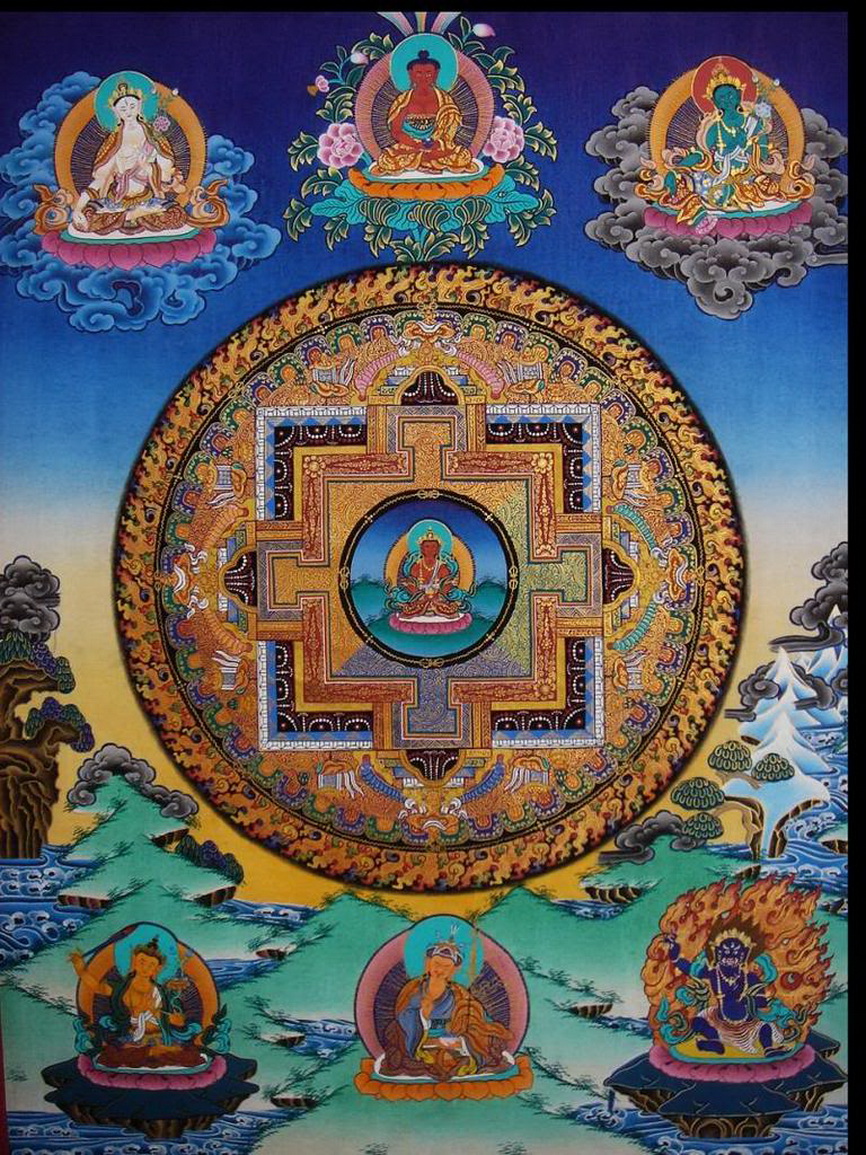
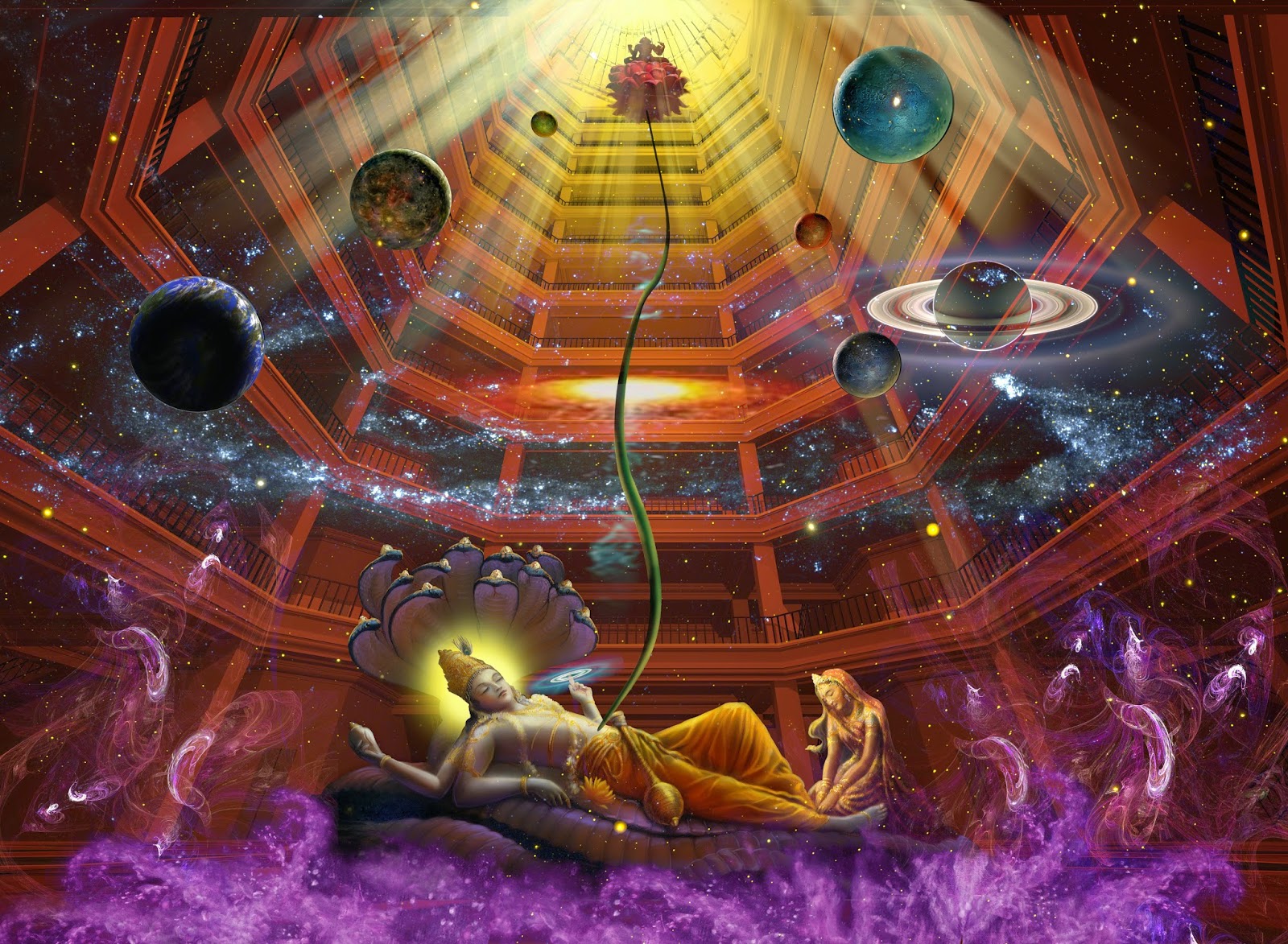
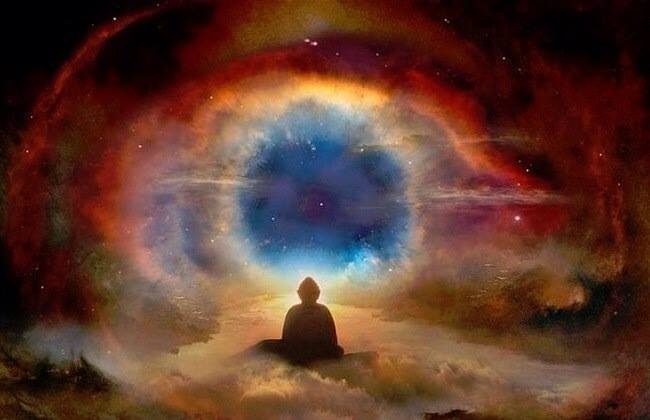
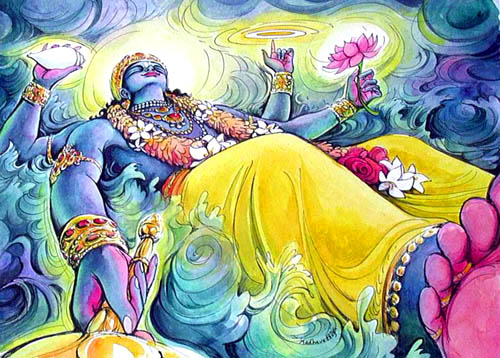
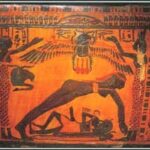
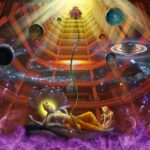
Leave a Reply
Want to join the discussion?Feel free to contribute!